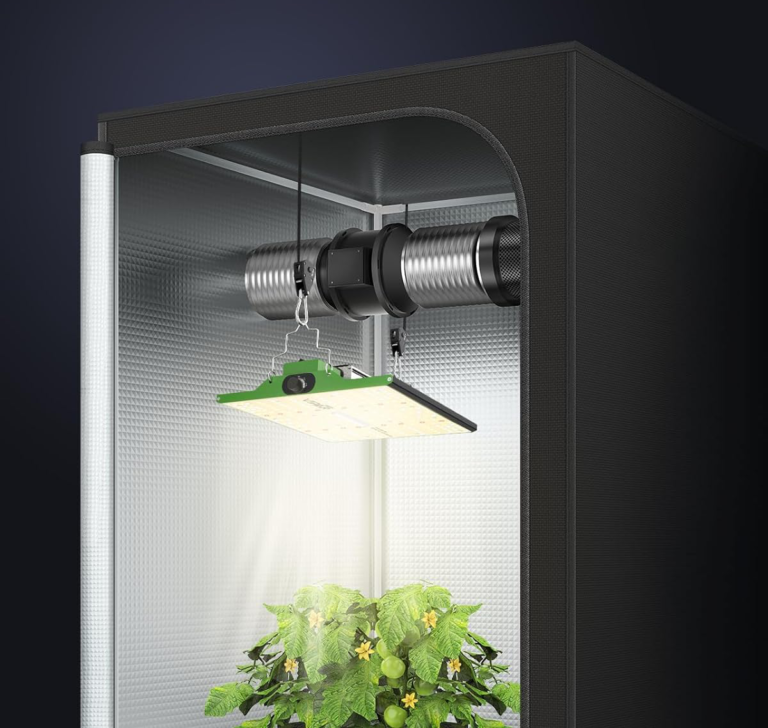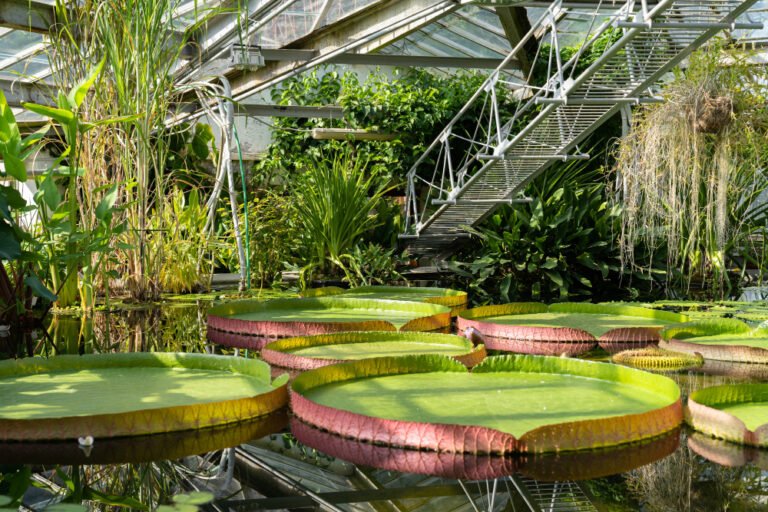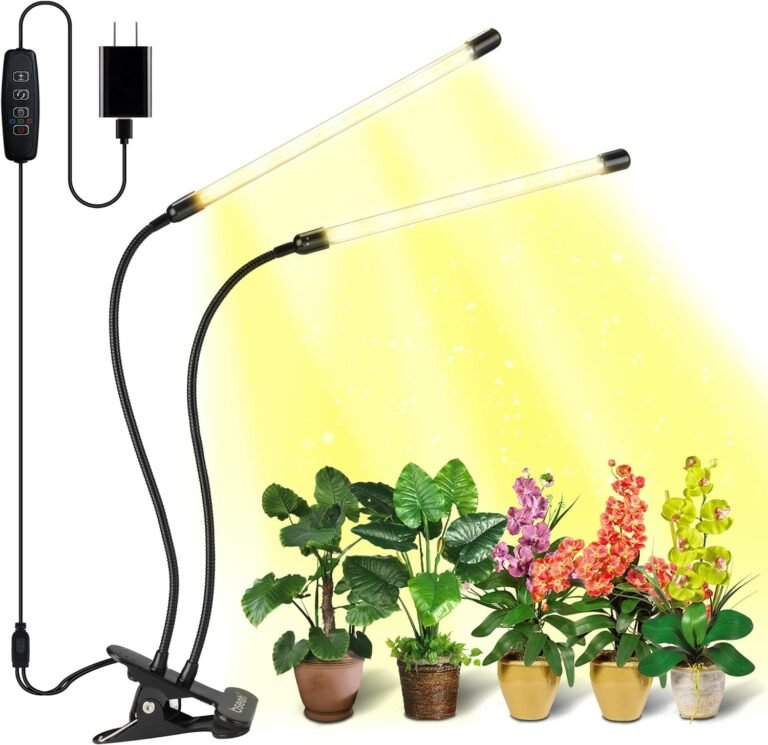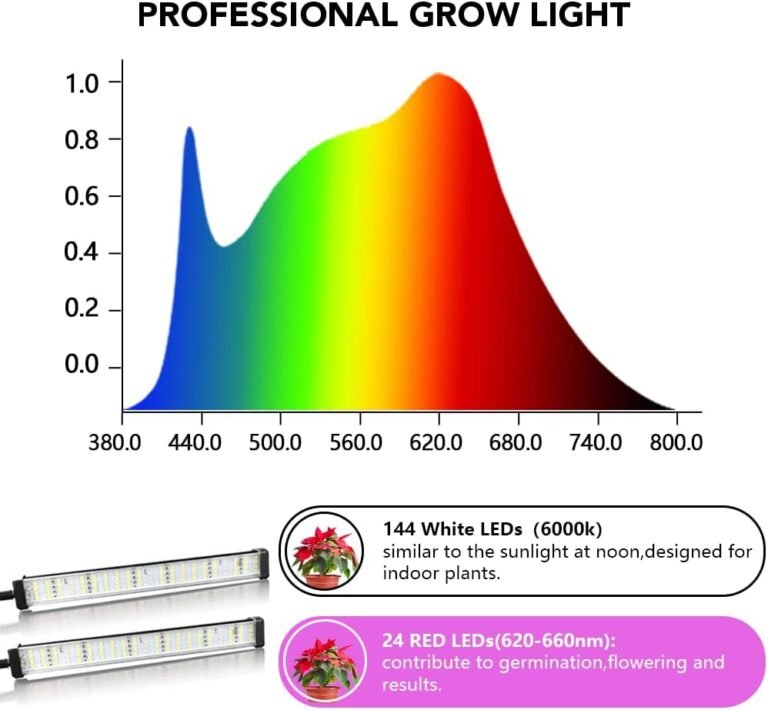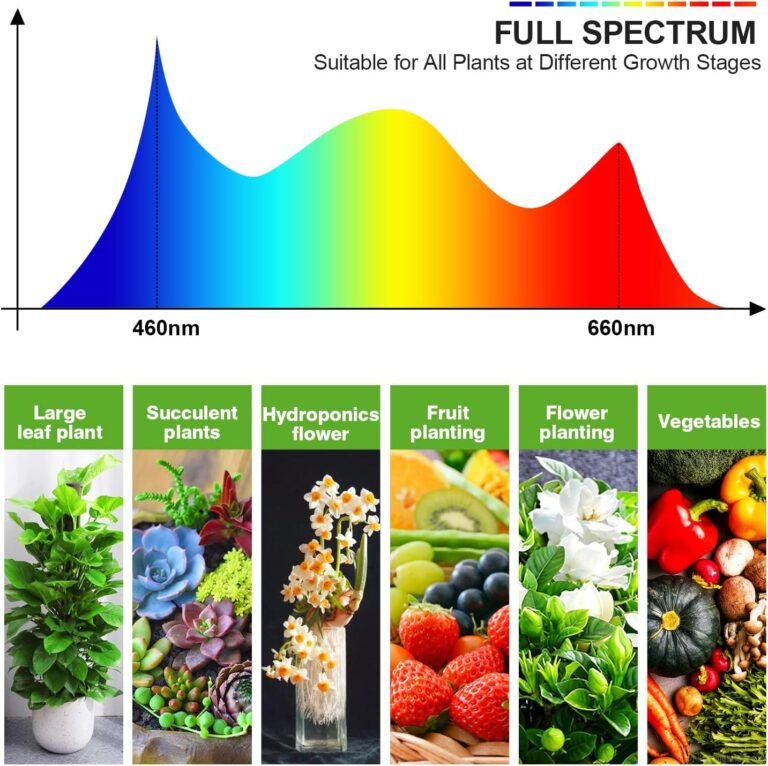Have you ever imagined growing plants without soil, faster, and in a more environmentally friendly way? Aeroponics, a cutting-edge method of cultivation, offers all these benefits and more. In this blog post, we’ll explore the science behind this innovative technique, its advantages, challenges, and how home gardeners can join the aeroponics revolution. Let’s dive into the fascinating world of aeroponics and discover how it can contribute to a greener future.
Key Takeaways
Aeroponics is an innovative growing technique with many advantages like space efficiency, environmental benefits and disease prevention.
Proper system maintenance and investing in quality equipment are key for successful aeroponic cultivation.
Home gardeners can use aeroponics to grow their own plants, from DIY setups to professional grade systems.
The Science Behind Aeroponics

Aeroponics is a game-changing method of growing plants without soil. In this technique, plant roots are suspended in the air and misted with a nutrient-rich water solution. This soilless technique offers numerous benefits, such as:
Faster growth
Reduced risk of root zone diseases
Increased oxygenation of roots
Efficient use of water and nutrients
Ability to grow plants in limited spaces
Compared to traditional hydroponic systems, an aeroponics system is a highly efficient and effective way to cultivate plants.
But what makes aeroponics so effective? The secret lies in two key factors: oxygen and nutrient delivery systems.
The Role of Oxygen with Aeroponics
Oxygen’s role in aeroponics might surprise you. It not only fuels plant growth and root formation, but also wards off pathogens. For successful plant growth in an aeroponic system, appropriate oxygen levels in the root zone are a must for proper oxygenation.
So, how does oxygen affect nutrient absorption in aeroponics? The increased availability of oxygen in an aeroponic system enhances nutrient absorption by the plants, resulting in healthier, more vibrant growth. It’s like giving your plants a breath of fresh air, allowing them to flourish and reach their full potential.
Nutrient Delivery Systems
Aeroponics employs a variety of nutrient delivery systems, such as low-pressure, high-pressure, and ultrasonic fogger techniques, to provide plants with the appropriate nutrients in the correct proportions. Each type has its advantages and challenges. For instance, low-pressure aeroponics is more affordable and easier to maintain, but it lacks the features necessary to clean the nutrient solution and eliminate inconsistencies and harmful pathogens.
On the other hand, high pressure aeroponic system, also known as high-pressure aeroponics, is more effective and produces higher oxygen levels in the root zone, resulting in healthier plants. However, it also comes with a higher price tag and requires more maintenance.
Ultrasonic fogger aeroponics breaks water droplets into fog, but some plants may struggle to retain moisture when water is released in tiny droplets. Ultimately, the choice of nutrient delivery systems depends on the specific needs of the plants and the grower’s preferences.

Advantages of Aeroponics
Aeroponics offers a myriad of advantages for plant cultivation, making it a sought-after method for both commercial and home growers. The benefits include:
Space efficiency, perfect for indoor vertical farming
Environmental benefits like reduced water usage
Recyclable nutrients
The ability to prevent plant diseases
We’ll further examine these advantages and their contributions to sustainable and efficient crop production.
Space Efficiency
Space efficiency is a major selling point for aeroponic systems. Aeroponics leverages vertical growth to make optimal use of space, which leads to higher crop yields in compact areas. This makes it an ideal solution for urban farming and home gardening, where space is often limited. In addition, aeroponics uses up to 95% less water and nutrient solution than other growing methods, making it resource-efficient as well.
Imagine transforming a small urban balcony or a cramped indoor space into a lush, thriving garden. With aeroponics, this dream can become a reality, allowing city dwellers and hobby gardeners alike to enjoy the benefits of fresh, homegrown produce, even in the most confined spaces.
Environmental Benefits
Aeroponics stands out as an eco-friendly method of cultivation. It uses up to 95% less water than traditional farming, making it an ideal choice for water-scarce regions and those seeking to conserve resources. Moreover, aeroponics eliminates the need for pesticides and herbicides, contributing to a cleaner and greener environment.
In addition to conserving water and reducing chemical use, aeroponics also:
Prevents nutrient runoff from polluting nearby waterways
Helps grow large amounts of food in small spaces
Is an environmentally responsible choice for the future of agriculture
Challenges and Limitations of Aeroponics
Despite its numerous benefits, aeroponics is not without its challenges. Proper system maintenance is crucial to prevent harmful bacteria and fungi from developing, while the risk of equipment failure can lead to crop loss.
However, with the right knowledge and care, these challenges can be managed, ensuring successful and sustainable plant cultivation for plants grown in various conditions.
System Maintenance
Optimal growing conditions and disease prevention in an aeroponic system require diligent monitoring of nutrient solutions concentrations and consistent cleaning. This includes monitoring and adjusting nutrient levels, as well as cleaning and disinfecting the system to prevent the growth of harmful bacteria and fungi.
Investing time and effort in appropriate system maintenance can foster a healthy environment for plants, resulting in improved yields and a decreased risk of disease. After all, a well-maintained aeroponic system is a thriving one.
Risk of Equipment Failure
In aeroponic systems, equipment failure may cause crop loss, which underlines the importance of having contingency plans and closely monitoring system performance. Potential issues include:
Clogged nozzles
Pump malfunctions
Leaks
Damage or deterioration of equipment
Routine maintenance, cleaning, and investment in quality components and backup systems can help growers reduce the risk of equipment failure. By staying vigilant and proactive, the risk of equipment failure can be significantly reduced, ensuring a successful aeroponic harvest.
Aeroponics for Home Gardeners
Aeroponics isn’t just for large-scale commercial growers. Home gardeners can also reap the benefits of this innovative cultivation method by choosing the right system for their needs and following tips for successful cultivation.
From DIY setups to professional-grade systems, there’s an aeroponic option for every home gardener.
Choosing the Right System
Home gardeners should take into account factors like system size, type, and cost when choosing an aeroponic system. For those just starting out, a low-pressure system might be the best choice, as it is more affordable and easier to maintain. Hydroponics suppliers offer a wide range of tools and equipment needed for DIY setups, as well as fully-automated turnkey aero-farms.
For the more experienced or ambitious gardener, professional-grade aeroponic systems are available, starting in the four-figure range. Regardless of the system chosen, the key to success lies in learning, experimenting, and adapting to the unique requirements of aeroponic cultivation.
Tips for Success
For successful home aeroponics, gardeners should concentrate on preserving a stable environment through temperature and humidity control, nutrient level and pH monitoring. Using a thermostat and a humidistat can help regulate the environment, ensuring optimal conditions for plant growth.
Furthermore, home gardeners should be prepared to experiment and learn from experience. With time, patience, and dedication, anyone can master the art of aeroponic cultivation, enjoying the benefits of fresh, homegrown produce right at their fingertips.
Innovations and Advances
Aeroponics is a rapidly evolving field, with ongoing research and development pushing the boundaries of what is possible. Some of the most exciting innovations and advances include NASA-funded research for space colonization, large-scale integration of aeroponics in agriculture, and aeroponic bio-pharming for pharmaceutical production. These advancements showcase the incredible potential of aeroponics for a sustainable future.
For example, NASA’s Advanced Plant Habitat (APA) on the International Space Station (ISS) highlights their commitment to strengthening hydroponic and aeroponic systems by investigating the integration of environmental biocontrols into their design. In Vietnam, aeroponic laboratories are aiding in potato production, specifically for certified seed potato cultivation. These innovations and more are shaping the future of aeroponics and its potential applications across various industries.
Summary
In conclusion, aeroponics offers a wealth of benefits for both commercial and home growers, including space efficiency, environmental sustainability, and faster growth. By understanding the science behind this innovative technique and overcoming the challenges associated with system maintenance and equipment failure, growers can unlock the full potential of aeroponics for a greener and more sustainable future.
As research and development continue to advance, the possibilities for aeroponics are seemingly endless. From space colonization to pharmaceutical production and beyond, aeroponics holds the promise of revolutionizing the way we grow our food and shape our future.
Frequently Asked Questions
Is aeroponics better than hydroponics?
Overall, aeroponics provides stronger and healthier root systems than hydroponics, leading to a higher potential performance. Thus, aeroponics can be seen as the better option in most cases.
What are 3 disadvantages of aeroponics?
The disadvantages of aeroponics include high initial construction costs, a need for constant attention to pH and nutrient levels, and the need for a high level of technical knowledge. In addition, regular supervision is also needed in order to maintain the system properly.
What are the risks of aeroponics?
With aeroponics, bacteria and fungi can easily grow in the optimal environment, creating a risk of both beneficial and harmful growths. It’s important to take extra precautions to prevent any unwanted growths.
How do aeroponics work?
Aeroponics works by suspending the plants’ roots in a closed-loop system and spraying them with nutrient-rich solutions at regular intervals. The plants are held in foam pots exposed to light and nutrient mist on either end, with essential organic liquid nutrients added to a water reservoir for easier digestion. Roots are left floating in midair, rather than using a growing medium as in hydroponic setups.
What is aeroponics?
Aeroponics is a revolutionary way of growing plants without the need for soil, where the roots are suspended in the air and misted with a nutrient-rich water solution. This is an innovative approach that could revolutionize agricultural practices.


